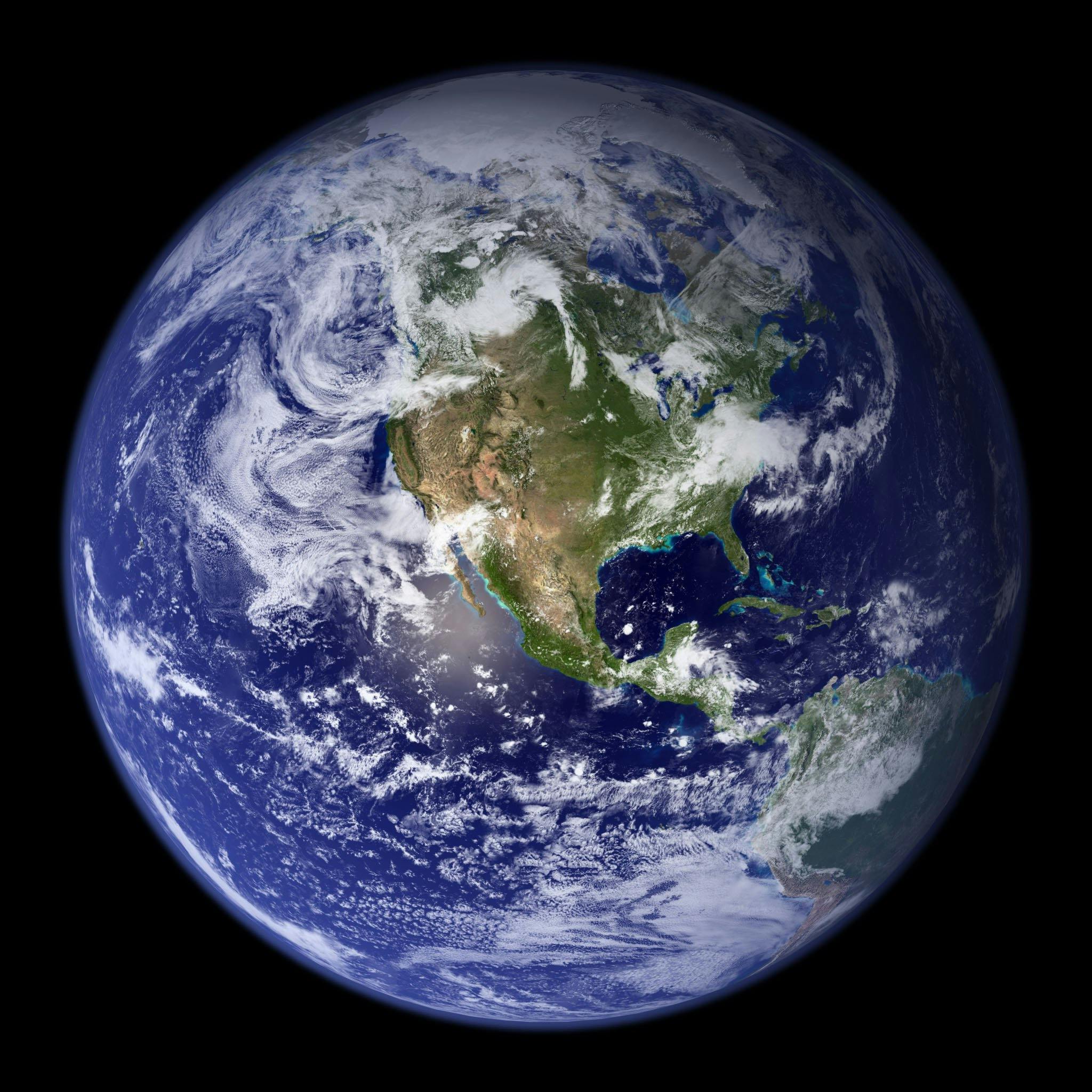An ecosystem is a community of living organisms (Biotic) and their non-living surroundings (Abiotic). All of these various factors in an ecosystem are interconnected and dependent on one another.
Abiotic Factors:
An Abiotic factor in an ecosystem are the non-living components. These include: Light, rocks and water.
Biotic Factors:
The biotic factors in an ecosystem are the living components/organisms. These include: Animals, plants and insects.
There are many different scales of ecosystems. The following is a scale ladder:

Another scale ladder used is:
- Organism
- Population
- Community
- Ecosystem
- Biosphere
Biosphere:
This is the living world. A biosphere is a planet that contains ecosystems.

Ecosystem:
An ecosystem is an environment made up of various biotic and abiotic factors which are all dependent on each other. These systems can vary from very small to very large.
An ecosystem can be broken up into a community, population and even a single organism.
Benefits of an Ecosystem:
Plants and animals work together to provide a food cycle. These food cycles are then connected to food webs making up an ecosystem where organisms are dependent on each other for food. Plants can take in CO2 and convert it into O2 which is very crucial for the ecosystem.
Thanks for reading, make sure to stay tuned for new posts coming out soon!